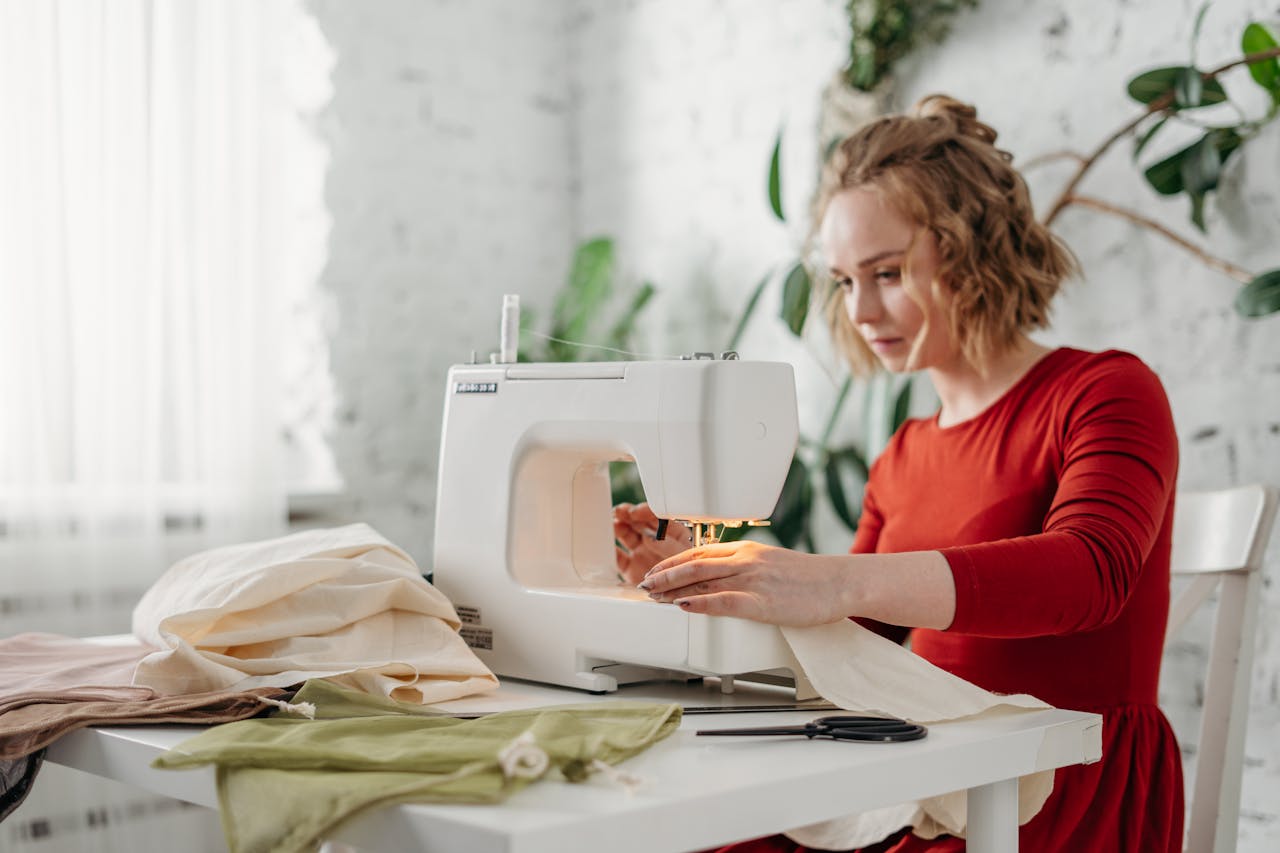
One Way of Helping Veterans
A recent article in VA | News describes how some nurses at the North Texas VA's Hematology-Oncology Clinic created a solution to a problem that some of their patients were having. Many of these patients have implantable ports for frequent blood draws and infusions of medications. To access these ports, it was necessary to pull down their shirts, stretching the fabric such that the shirts were ruined. One veteran even made a hole in his shirt to enable the nurses to gain access to his port.
The Creative Idea
This gave one nurse, Casilda Valles, an idea! to create shirts with strategically placed zippers to allow access to the ports. But she didn't know how she would sew that many shirts. A few of her colleagues (Mary David, Sinu Thomas, Alphonsa Shaju and Lucy Mugo) pitched in, raising money to pay for the materials (in my opinion, the hospital should have provided the money); and Casilda and Mary created over forty "port shirts," which they sewed in their free time. The veterans who received these shirts were very grateful.
Why was it Casilda, rather than one of the other nurses, who got this idea? She was an unusually determined person. Coming from Puerto Rico with limited English, she wasn't able to get work in the U.S. So she took a job as a nursing assistant in a retirement community to learn English better. Then, when she re-applied for a nursing job she was accepted. Because life had been a struggle for her, she empathized with the patients' struggles with their shirts. And her desire to find solutions for problems became generalized. She strove to find solutions for all sorts of problems.
Barriers to Implementing a Creative Idea
In discussing previous good ideas, I've described the necessity, once the creative idea has been imagined, of overcoming various barriers, such as the barriers of inertia and custom. These barriers will exist both internally (in one's mind) and externally (in the environment).
The Necessity for Persistence
But another barrier may be the absence of persistence. Casilda, as I've said, was an unusually persistent person, as evidenced by her determination to overcome the barriers to being employed as a nurse. Why was she more persistent than the average person? Her empathy for the veterans' plight was heightened because of the plight she had experienced, herself; and her persistence on her own behalf generalized to other situations. It became a habit.
Many other foreign-born workers have faced difficulties in getting work in their previous fields (medicine, law, accounting, etc.) in our country, and have ended up in jobs that don't fully utilize their skills. But Casilda's habit of persistence enabled her to get the job she wanted.
The Inner Guide
Your Inner Guide can enable you to become more persistent by eliminating the mental static that is created by unsolved problems. If you would like help becoming more persistent in achieving your goals (as well as having your problems solved!), your Inner Guide can help. If you don't already have an Inner Guide, you can get one, for free, here: https://emotionalcomfort.com/blog/post/you-can-acquire-an-inner-guide-part-4